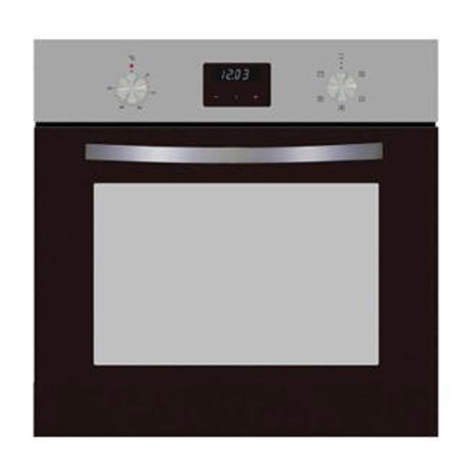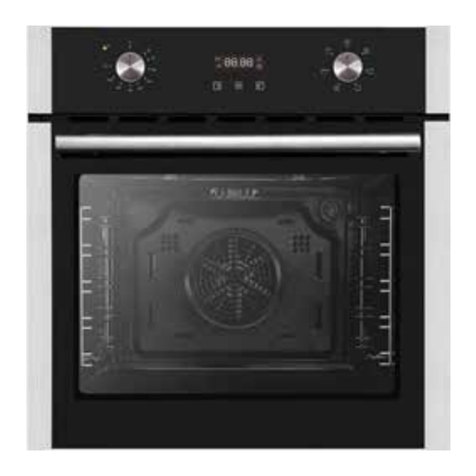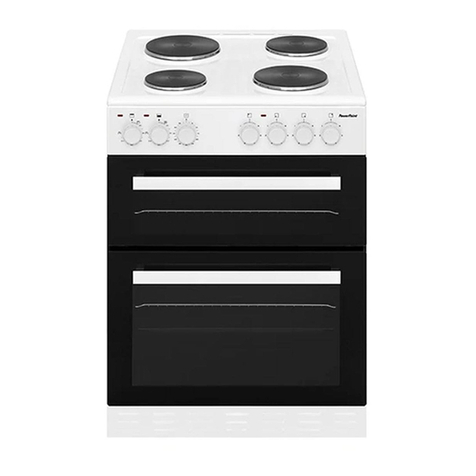The use of any electrical appliance requires the following common sense
safety rules. There is danger of injury or death to the person and damage to
the appliance.
Note: If the following instructions are not adhered to the warranty will not
Be applicable
●This appliance is not intended for use by persons (including children)
with reduced physical, sensory or mental capabilities unless there is a
person responsible for their safety present
●Never attempt to repair the appliance yourself
●This appliance is intended to be used in household and residential
type environments, it is not suitable for commercial use
●Keep the electrical cable of your cooker away from any heat source
and do not let the cable touch the appliance
●Ensure that the electric supply cable is not trapped or damaged during
Installation
●Prior to installation ensure that the electricity voltage and frequency
are compatible with your cooker
●In the event that the cable connecting your cooker becomes damaged,
it must be replaced by an electrician
●The materials surrounding the appliance (cabinets) must be able to
withstand a minimum temperature of 100°C
●The appliance and its accessible parts become hot during use. Care
should be taken to avoid touching hot parts
●Cooking on a hob with fat or oil can be dangerous and should not be
left unattended
●NEVER try to extinguish a cooking fire with water. Instead switch off
the appliance and cover flame with a lid or a fire blanket
●The cooker may topple forward if a child climbs onto the door.
Children should be supervised in the kitchen at all times and this
Cooker must be secured to the wall using the fixing chain provided to prevent
accidents
●Do not allow children in the kitchen when cooking or while cooker
parts may still be hot. Many parts of the cooker will become hot
And present a considerable hazard to children
































